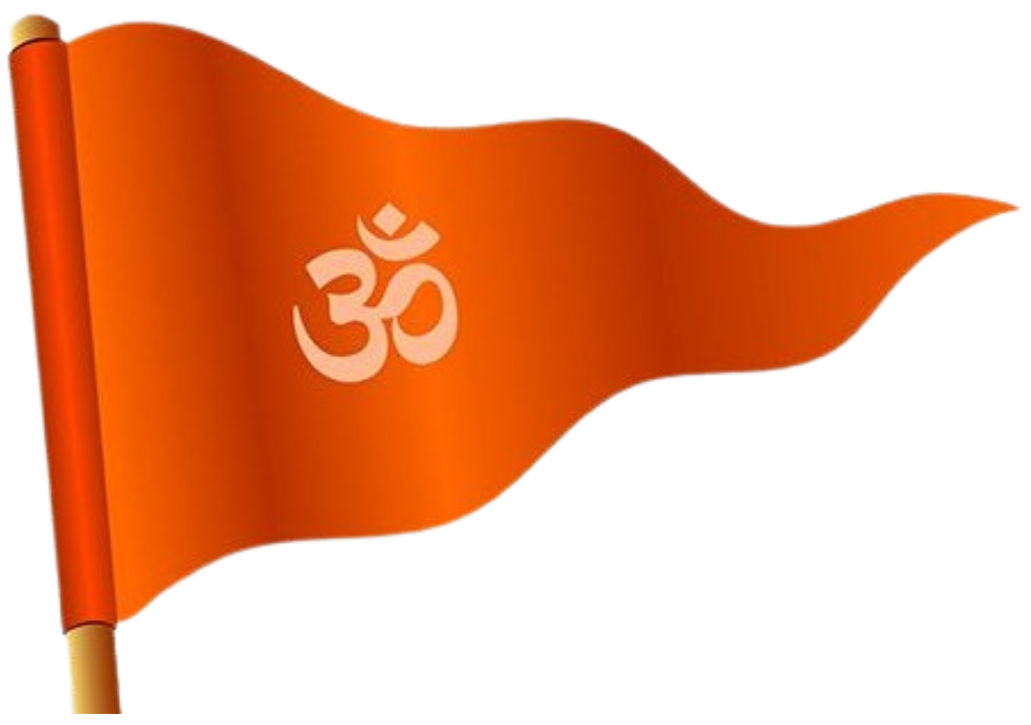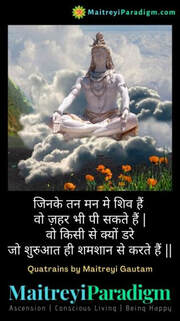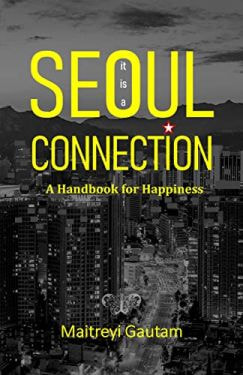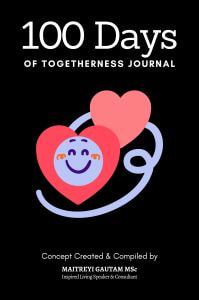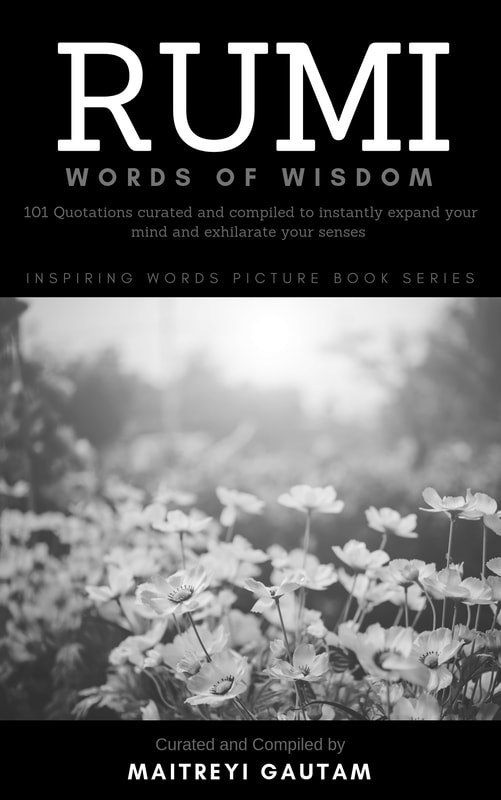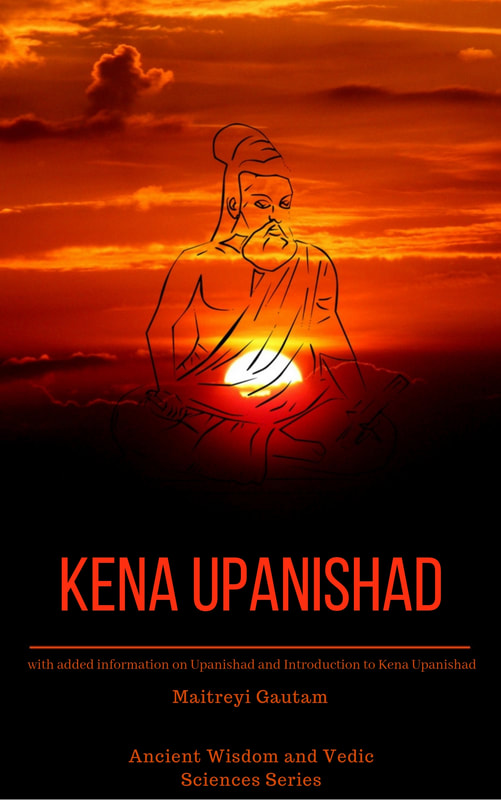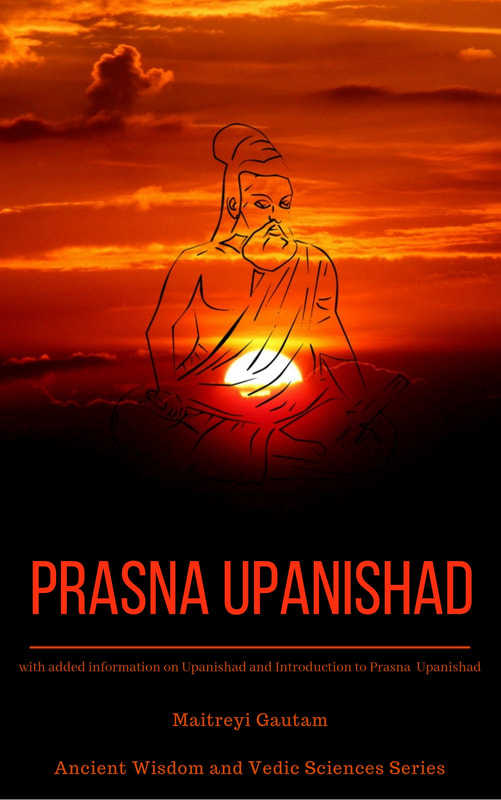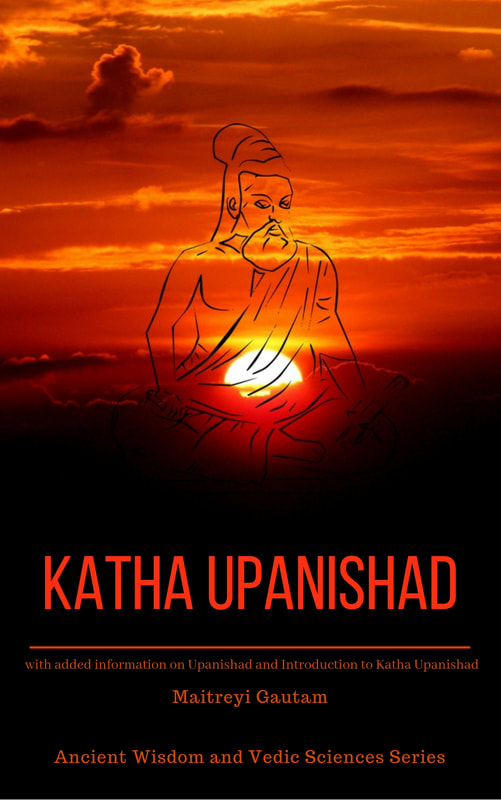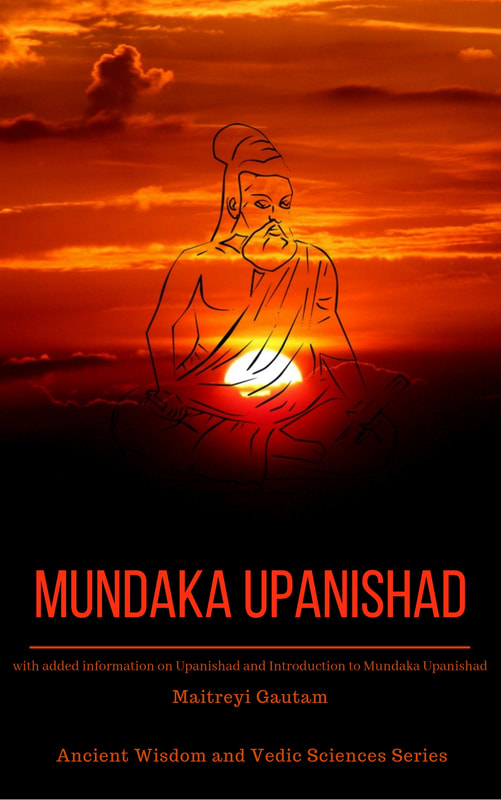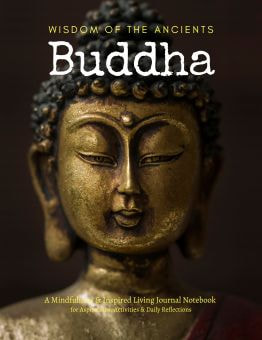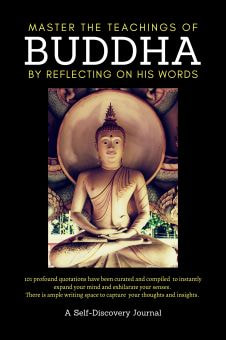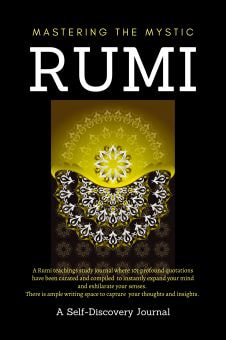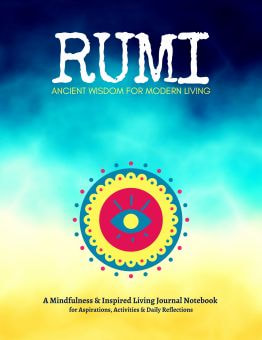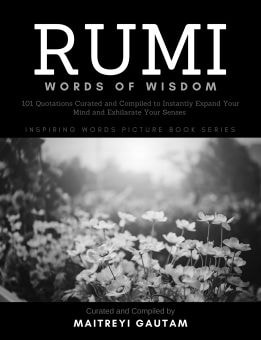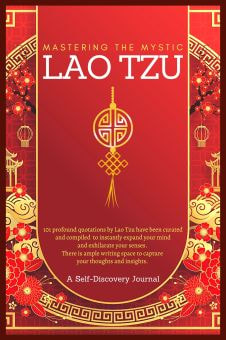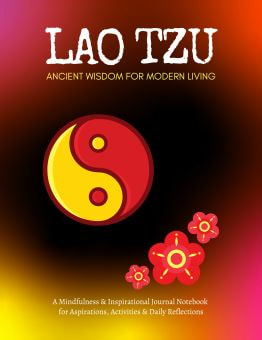The Sama Veda, one of the four Vedas of Hinduism, is primarily a collection of hymns and songs meant for liturgical purposes.
Unlike the Rigveda, which consists of original hymns, the Sama Veda mostly contains verses that have been taken directly from the Rigveda and rearranged with musical notes for chanting during rituals. The text has a distinctive focus on melodies, rhythms, and chants.
Here is a more in-depth summary of the Sama Veda:
In conclusion, the Sama Veda is a vital text in the Hindu tradition, central to both the ritualistic and musical aspects of the religion. Its hymns, chants, and melodies have played a significant role in shaping the spiritual, philosophical, and musical culture of India.
The Sama Veda serves as a repository of ancient wisdom, connecting the musical and the sacred in a harmonious expression of devotion.
Unlike the Rigveda, which consists of original hymns, the Sama Veda mostly contains verses that have been taken directly from the Rigveda and rearranged with musical notes for chanting during rituals. The text has a distinctive focus on melodies, rhythms, and chants.
Here is a more in-depth summary of the Sama Veda:
- Musical Chants: The Sama Veda is unique among the Vedas for its musical character. It is essentially a manual for the chanting of hymns and the performance of sacrificial rituals. The hymns are composed in a specific melody and rhythm, which makes the Sama Veda central to the study of early Indian music. The focus on musical chanting reflects the belief in the power of sound to create spiritual and cosmic resonance.
- Organization and Structure: The Sama Veda is organized into two main parts: the Purvarchika (or first part) and the Uttararchika (or latter part). Each part is further divided into songs called "Prapathakas," which are collections of verses called "Saman." The Sama Veda has a total of 1,875 verses, mostly derived from the Rigveda, particularly its eighth and ninth books.
- Ritual Importance: The Sama Veda is primarily associated with the Somayaga, a ritualistic sacrifice involving the plant soma. This ritual was central to Vedic religious practices, and the Sama Veda provides the chants that accompany the various stages of the Somayaga ritual. The chants are meant to invoke the deities and ensure the proper flow of the ritual.
- Types of Chants: The Sama Veda contains several types of chants, each with its unique function and rhythm. These include the "Graha," "Ardha," "Dhruva," "Prastava," "Udgitha," "Pratihara," and "Nidhana." Each chant is assigned to a particular part of the ritual and has a specific role in invoking the gods, seeking blessings, or marking transitions in the ritual.
- Musical Scales and Notes: The Sama Veda introduced the concepts of musical scales and notes to ancient Indian music. The text defines seven musical notes or "Swara," which are the basis of the melodic framework in Indian classical music. These seven notes are Shadja (Sa), Rishabha (Re), Gandhara (Ga), Madhyama (Ma), Panchama (Pa), Dhaivata (Dha), and Nishada (Ni).
- Philosophical and Spiritual Significance: In addition to its ritualistic and musical aspects, the Sama Veda also carries philosophical and spiritual significance. The text touches upon the concepts of the soul, cosmic order, and the relationship between the human and the divine. The chanting of the Sama Veda is believed to facilitate spiritual growth, purify the atmosphere, and bring the chanter closer to the divine.
- Influence on Indian Music: The Sama Veda has had a profound influence on the development of Indian classical music. The seven musical notes introduced in the Sama Veda became the foundation for the "Saptak" or the octave, a key concept in Indian music. The emphasis on melody, rhythm, and chanting found in the Sama Veda continues to resonate in Indian music traditions, both classical and folk.
- Preservation and Transmission: Like the other Vedas, the Sama Veda was transmitted orally for centuries before being written down. The Brahmins, particularly the Samaveda Brahmins, were responsible for memorizing, reciting, and preserving the text. The chants have been passed down through generations, and even today, the Sama Veda is recited in Vedic rituals and ceremonies.
In conclusion, the Sama Veda is a vital text in the Hindu tradition, central to both the ritualistic and musical aspects of the religion. Its hymns, chants, and melodies have played a significant role in shaping the spiritual, philosophical, and musical culture of India.
The Sama Veda serves as a repository of ancient wisdom, connecting the musical and the sacred in a harmonious expression of devotion.

